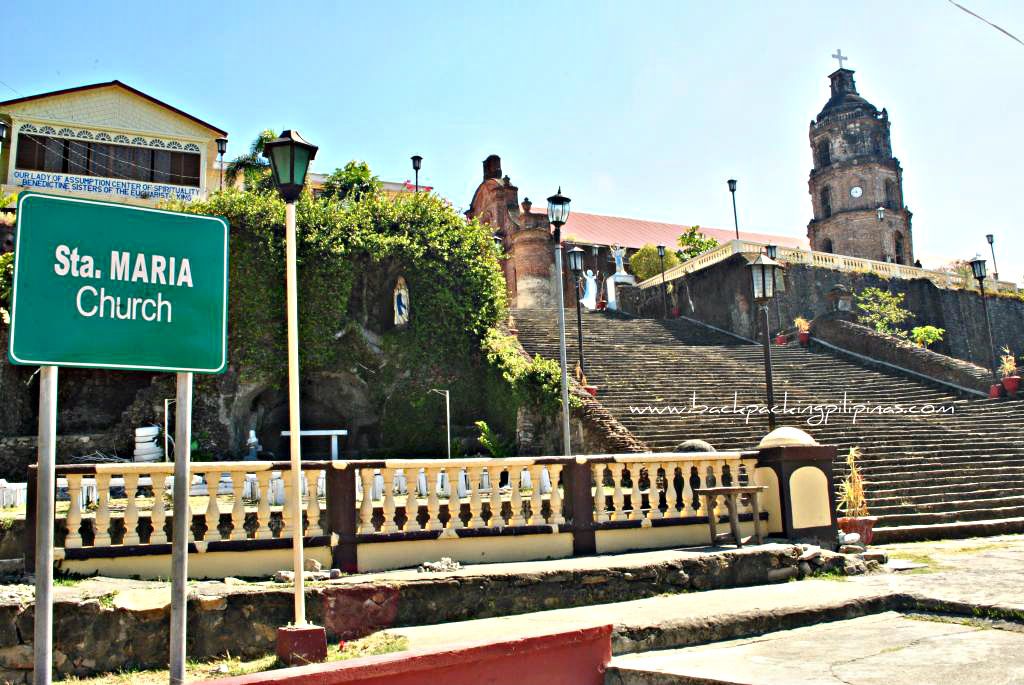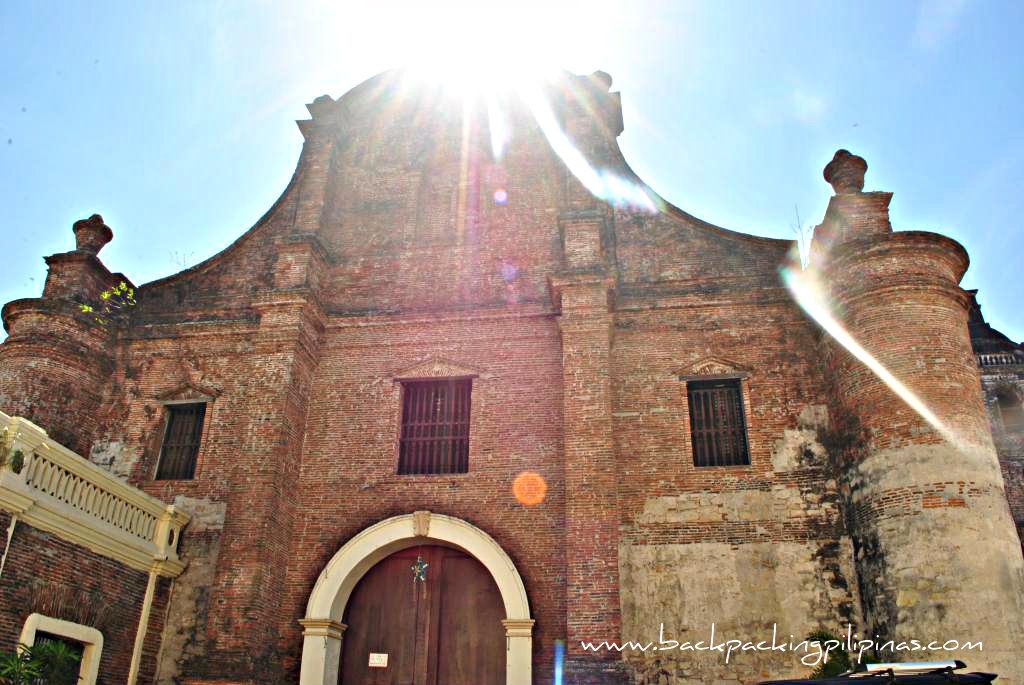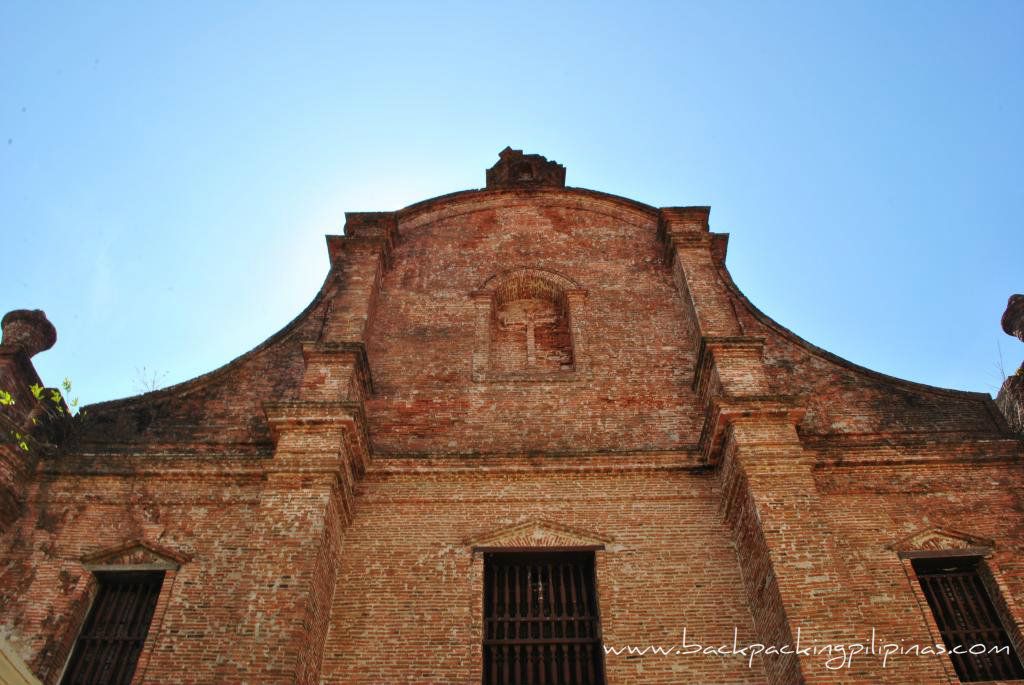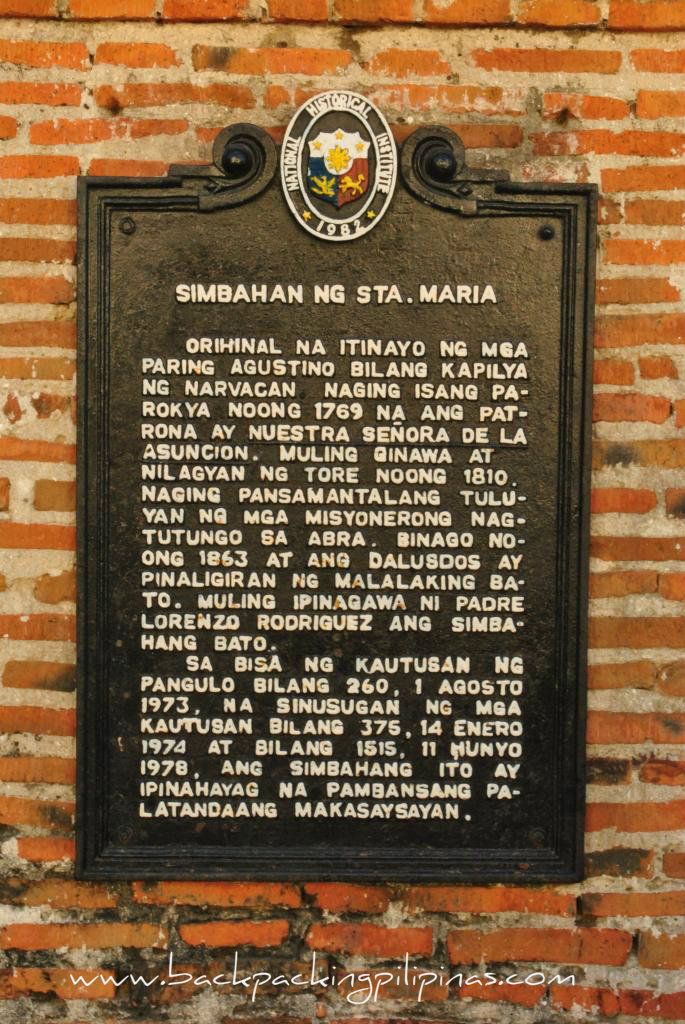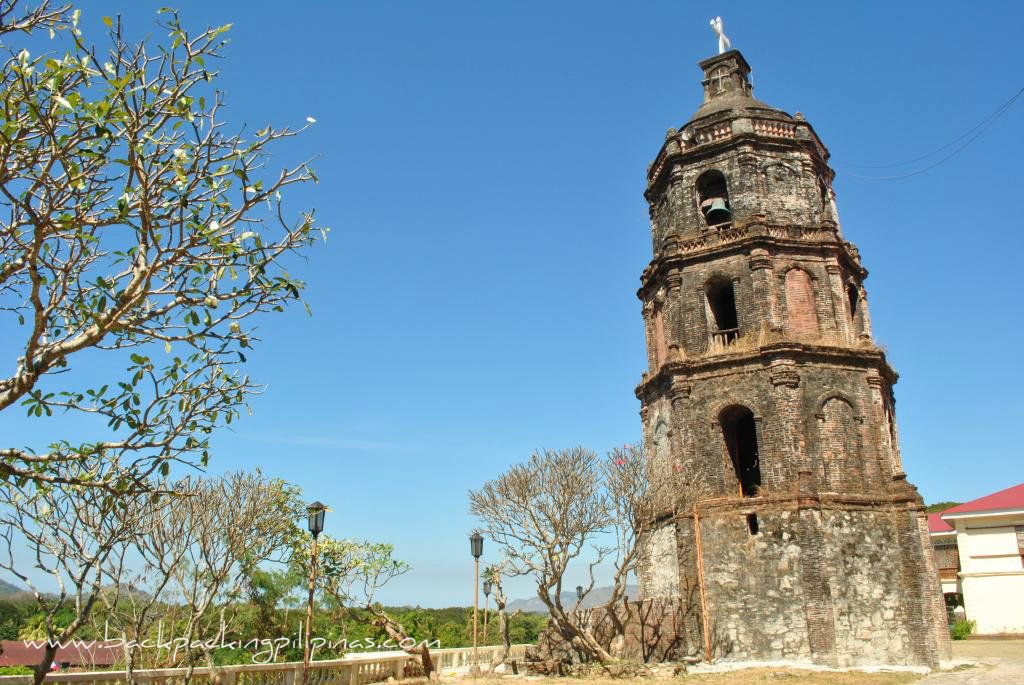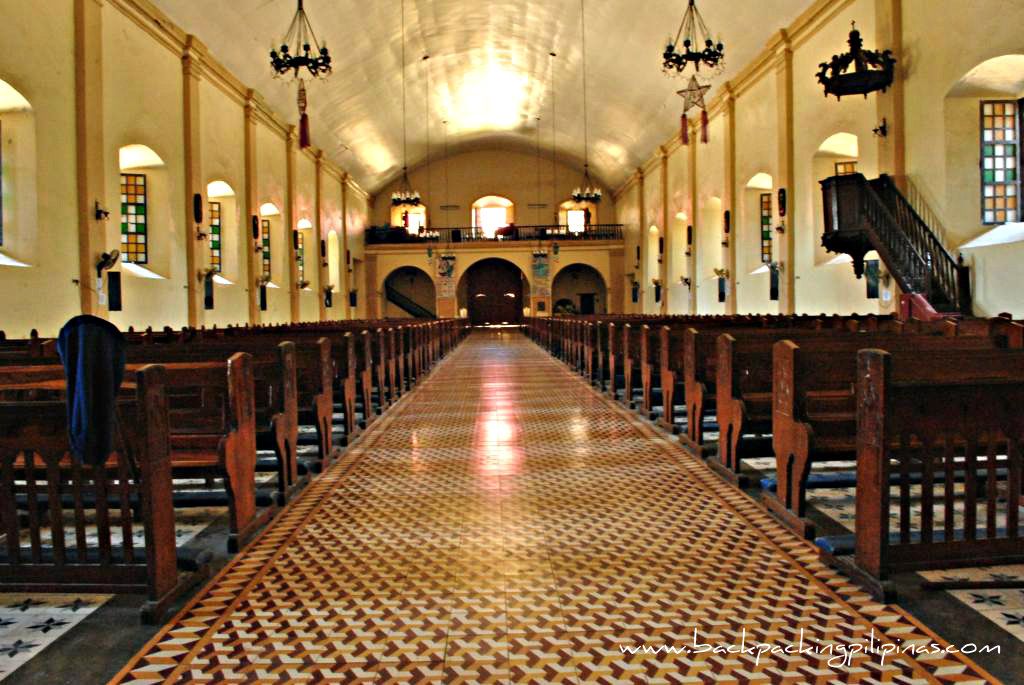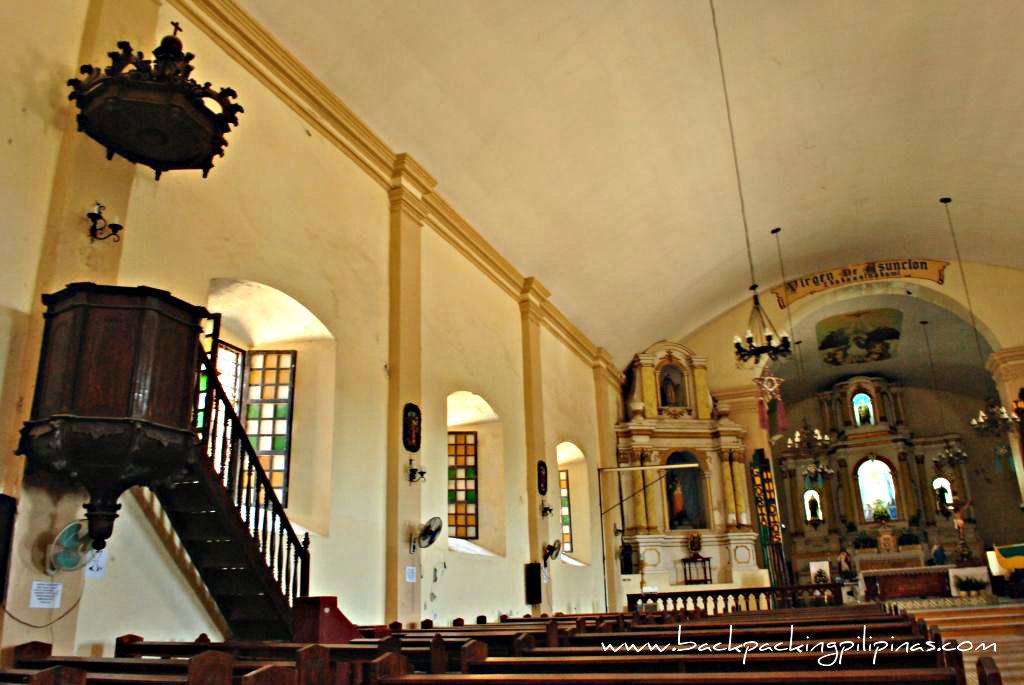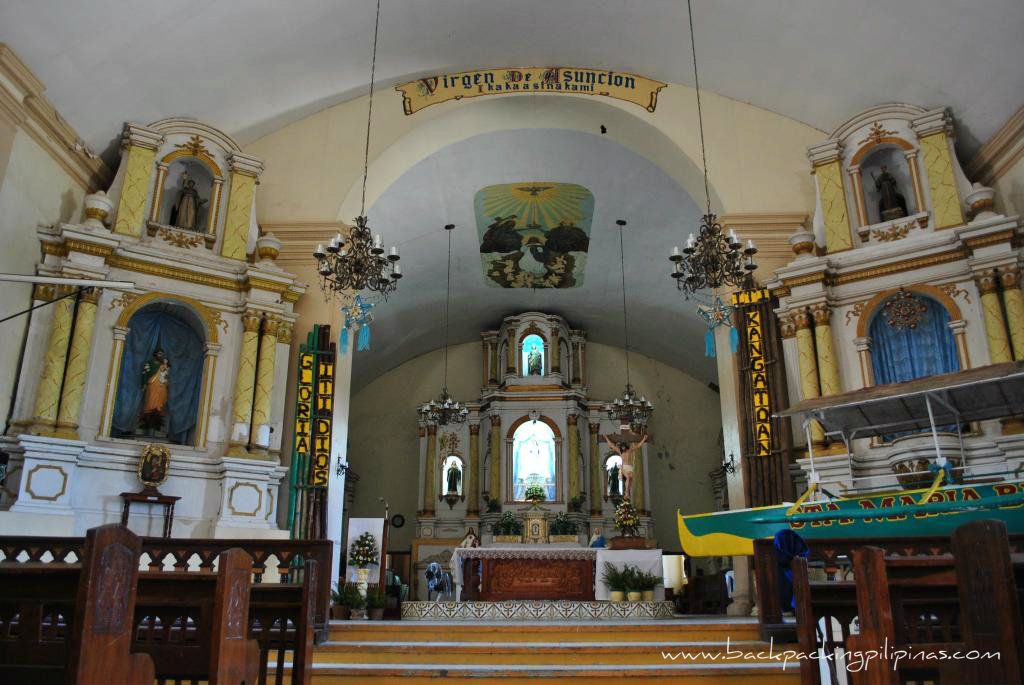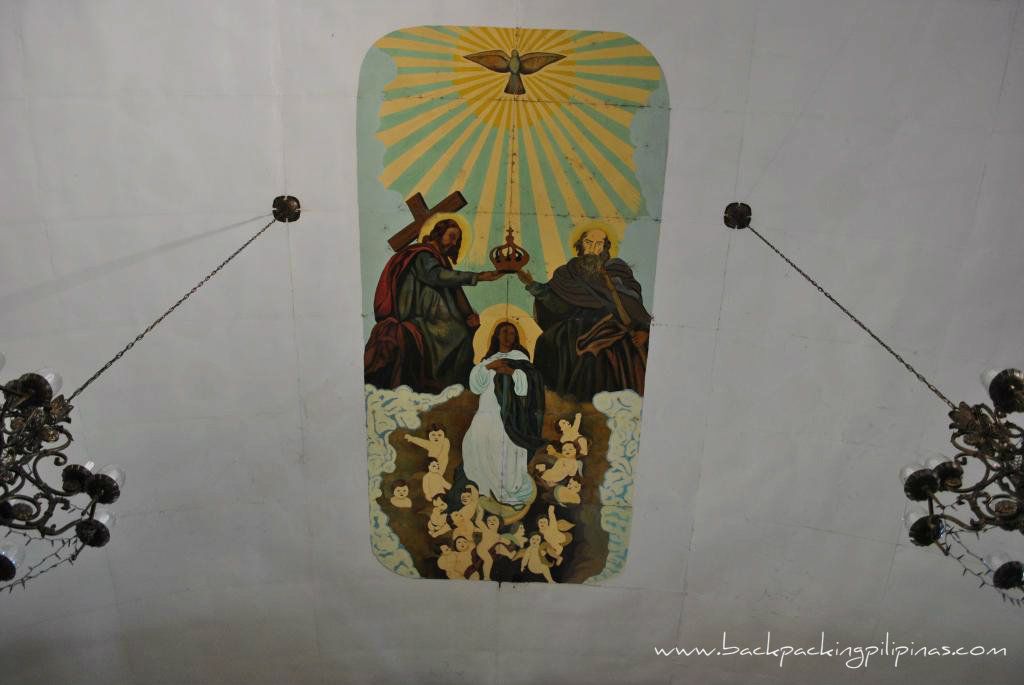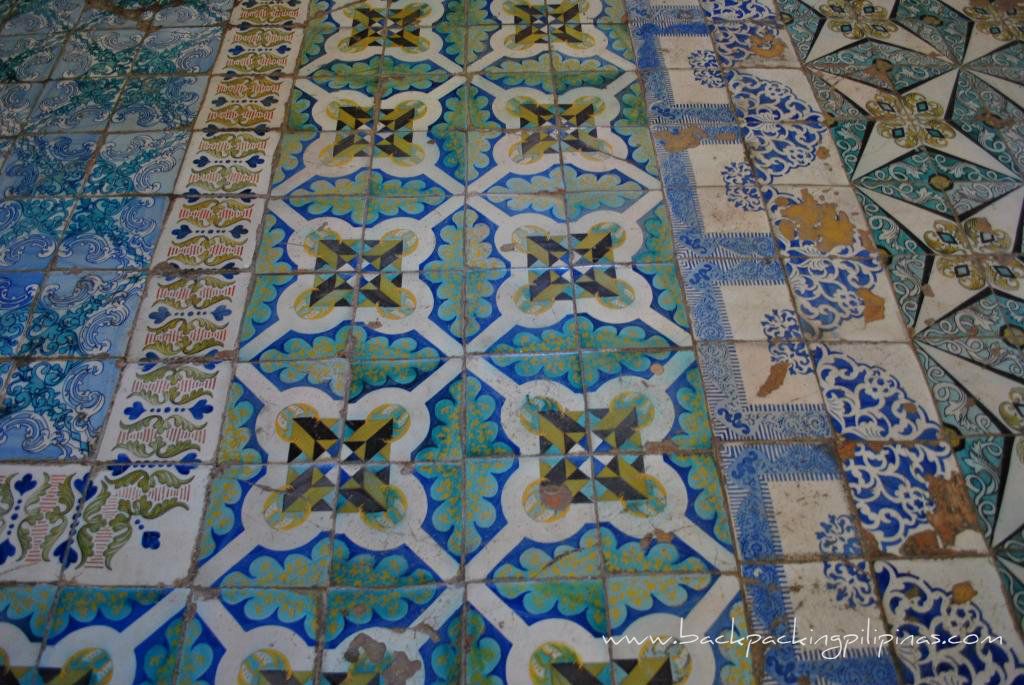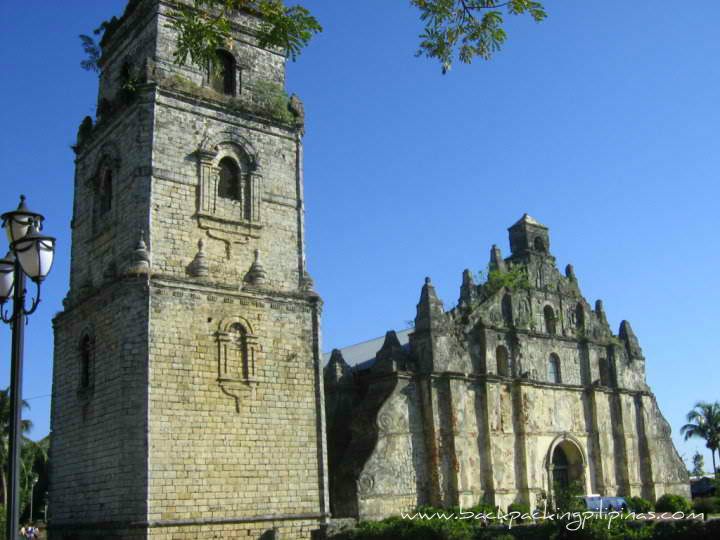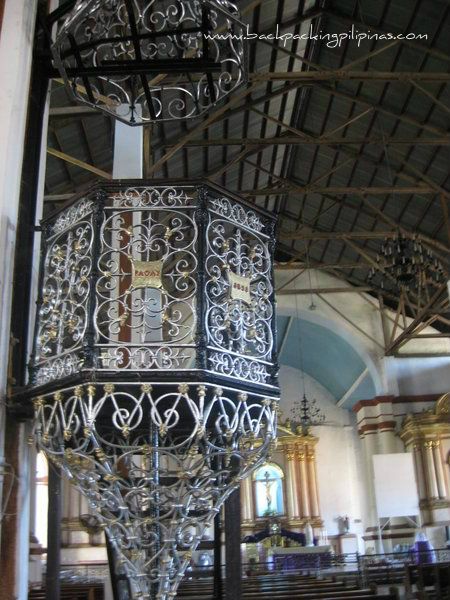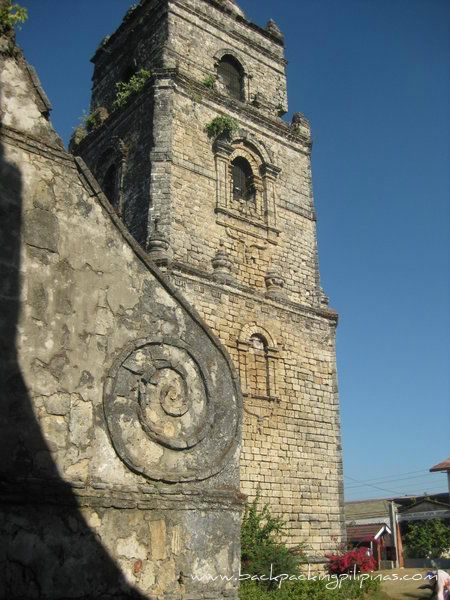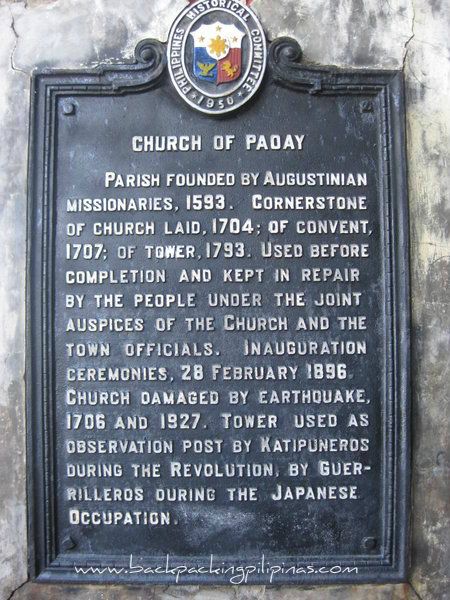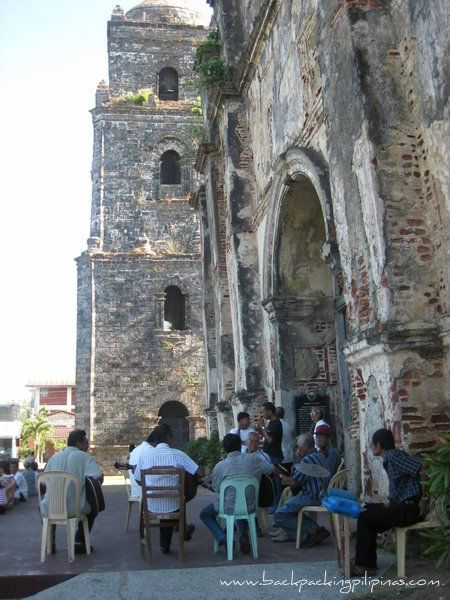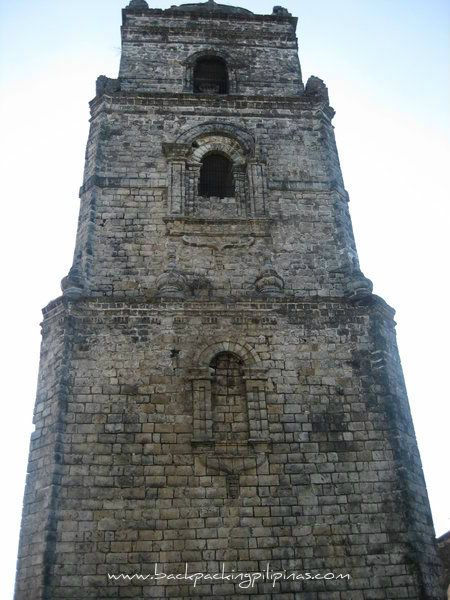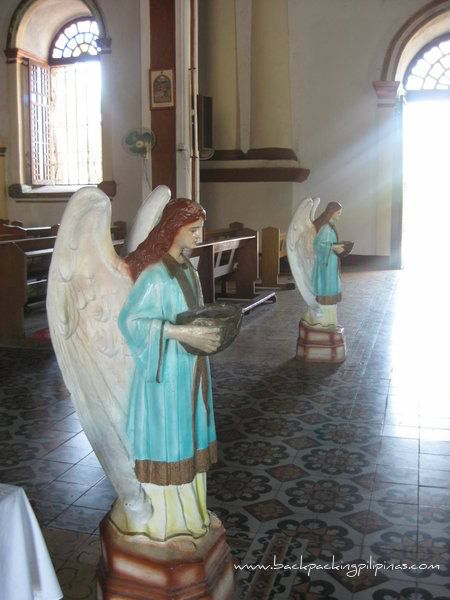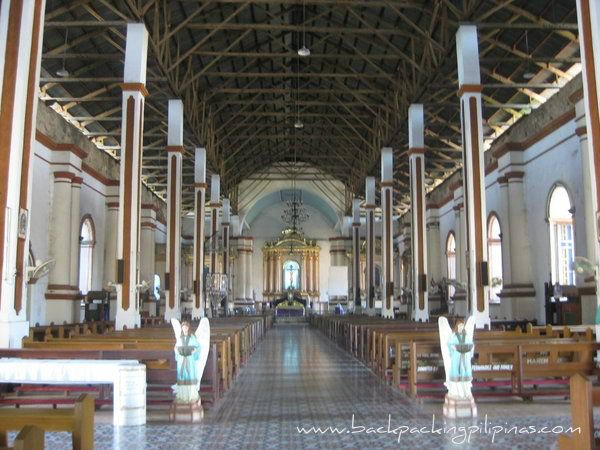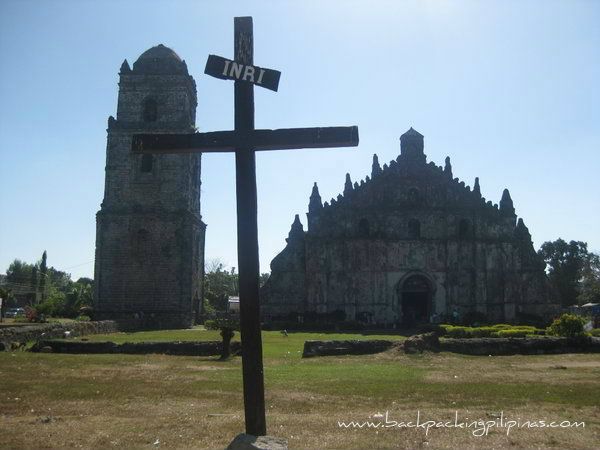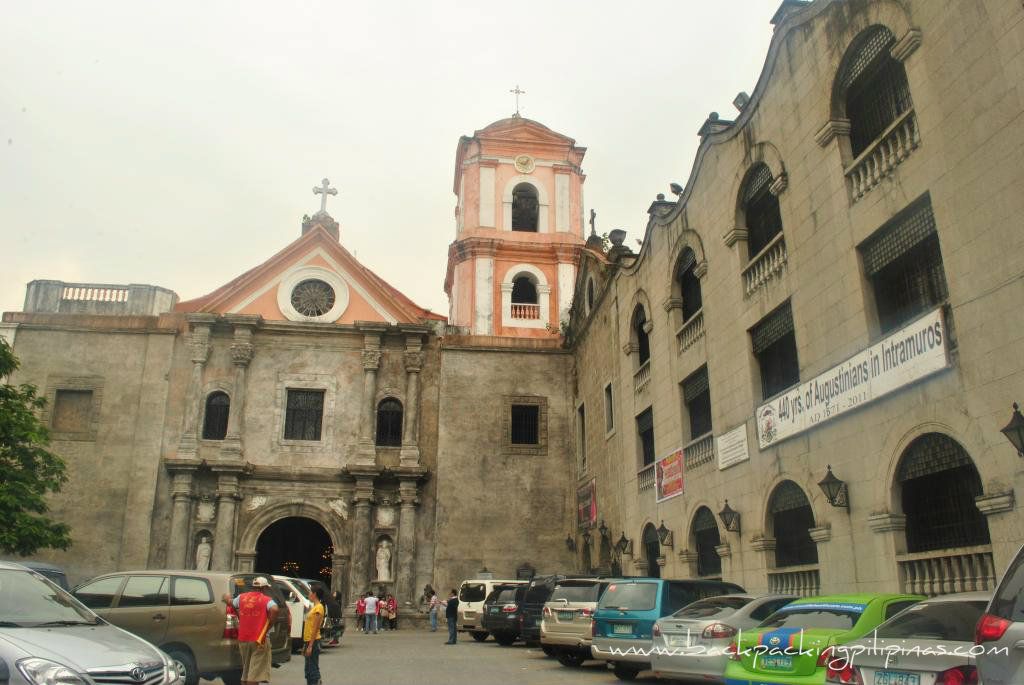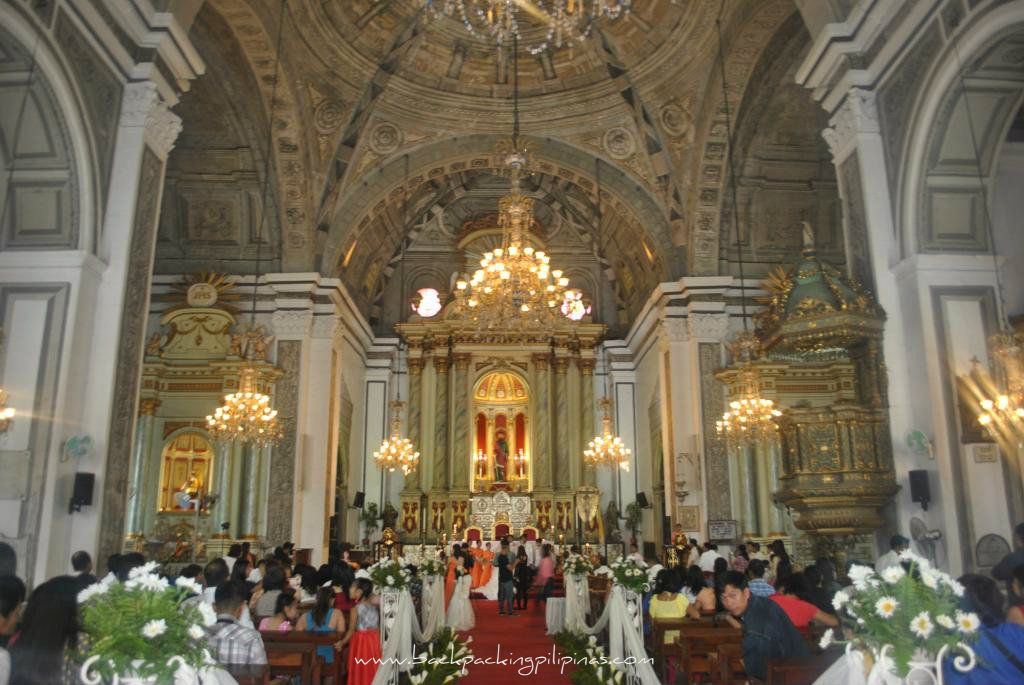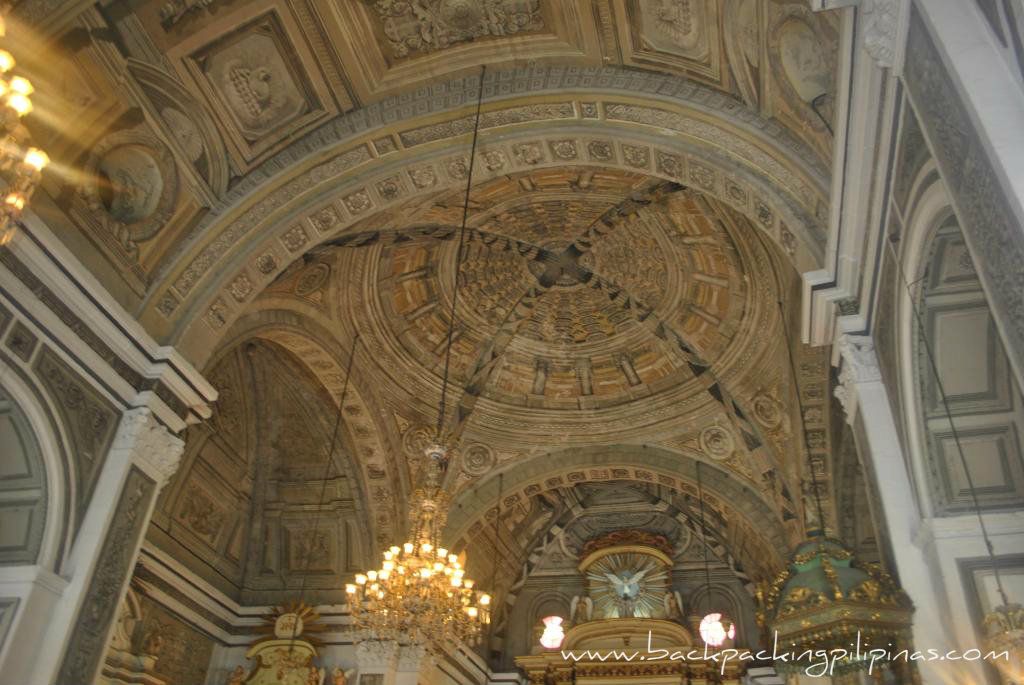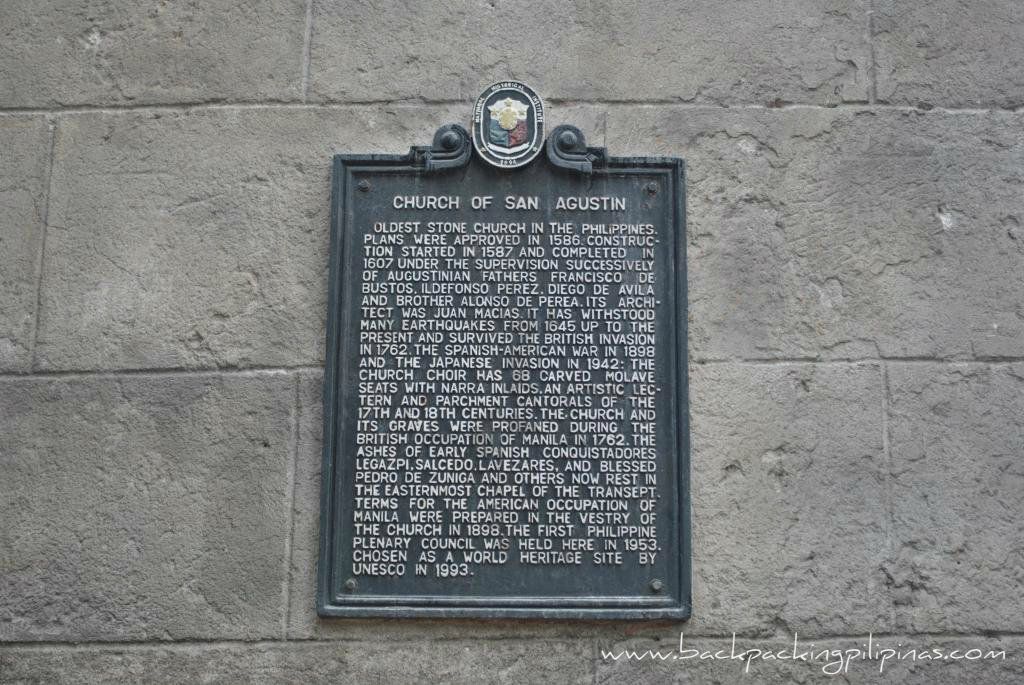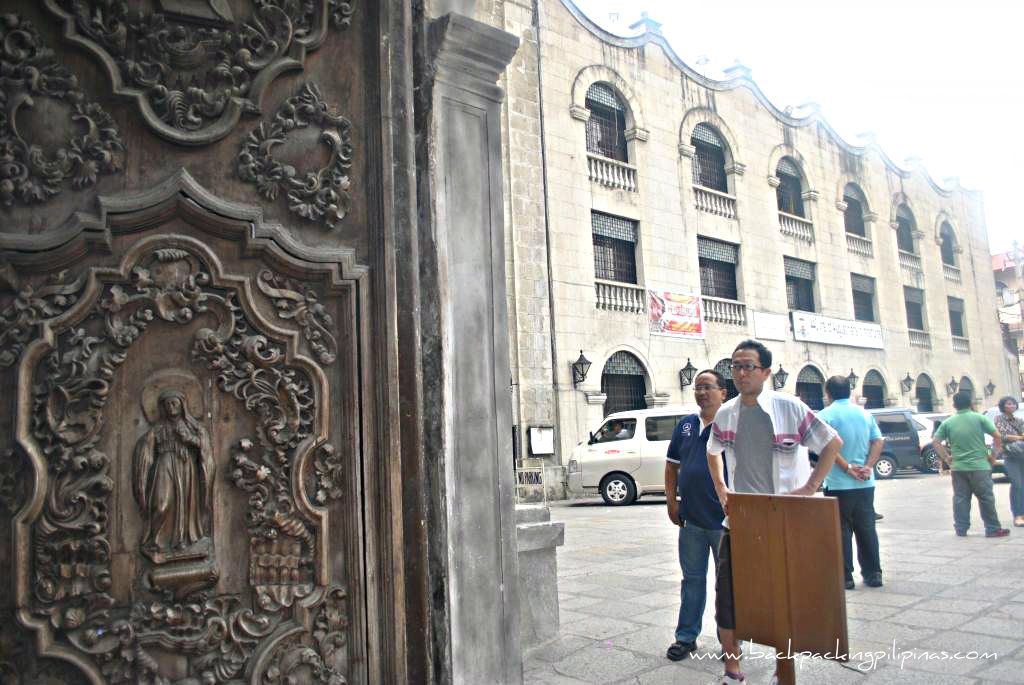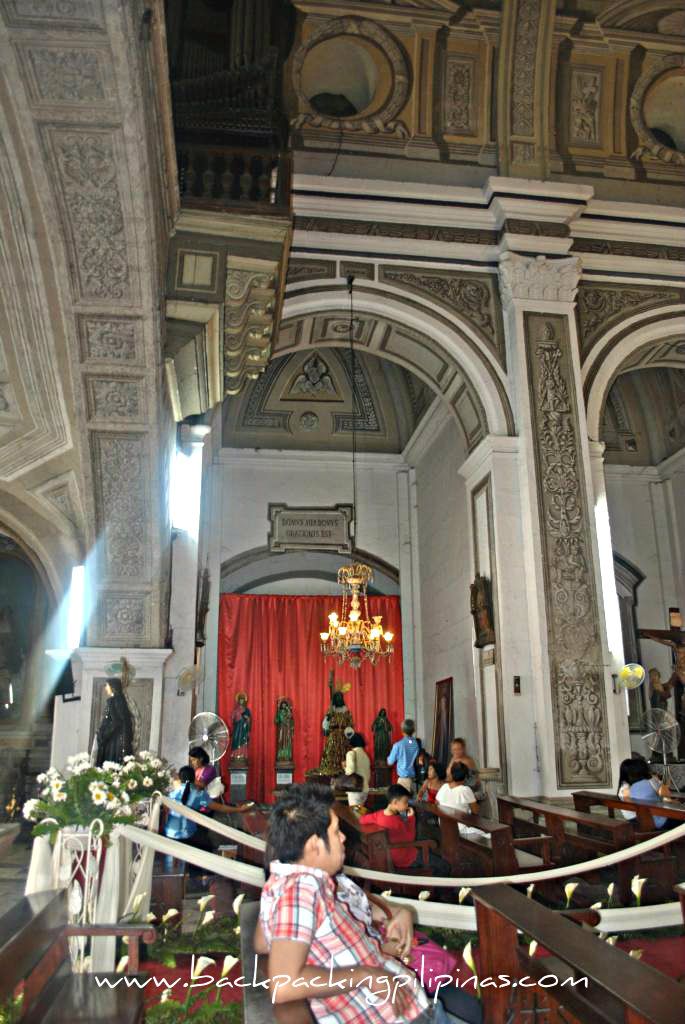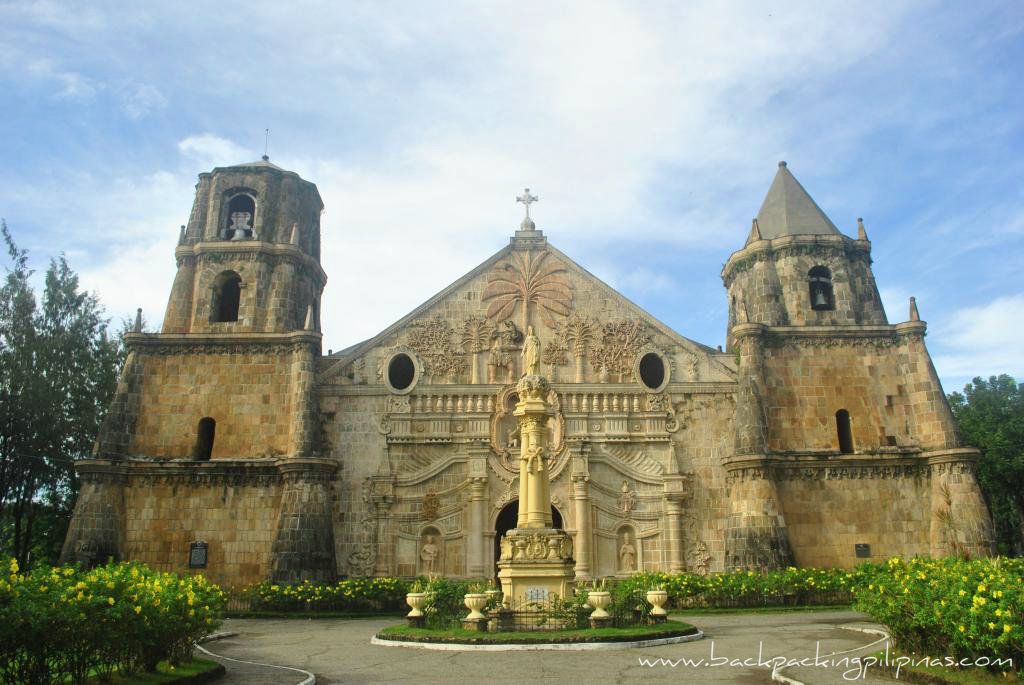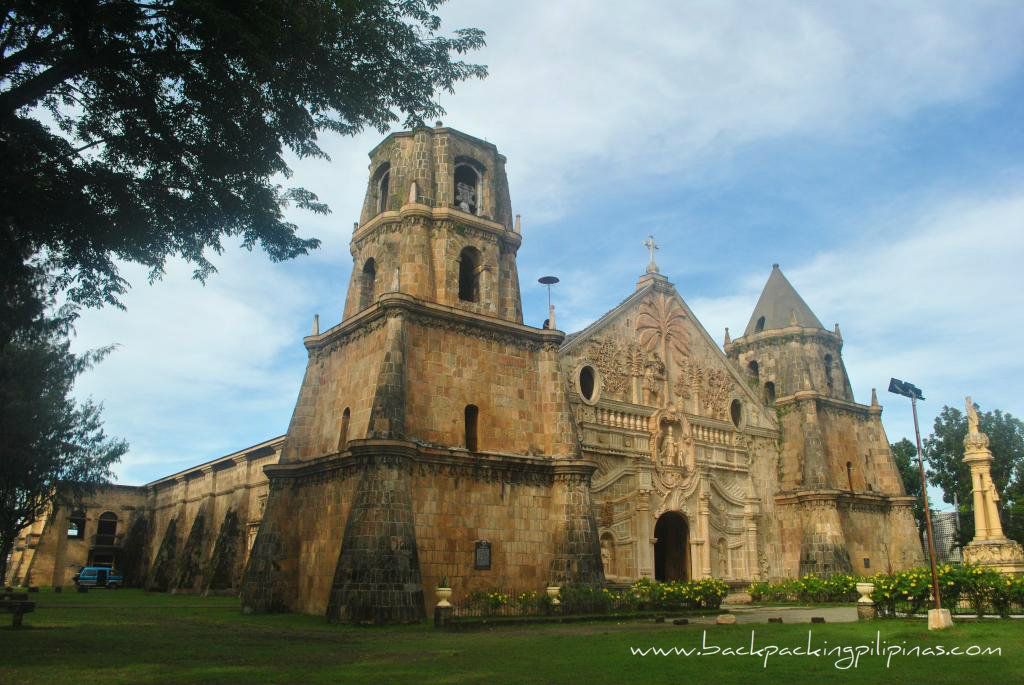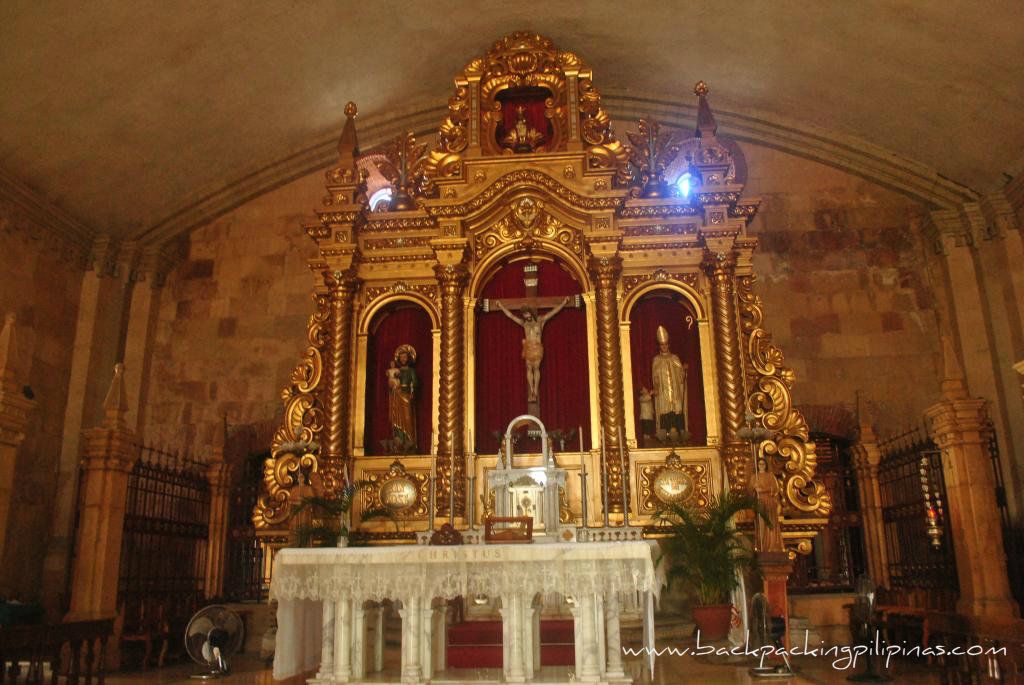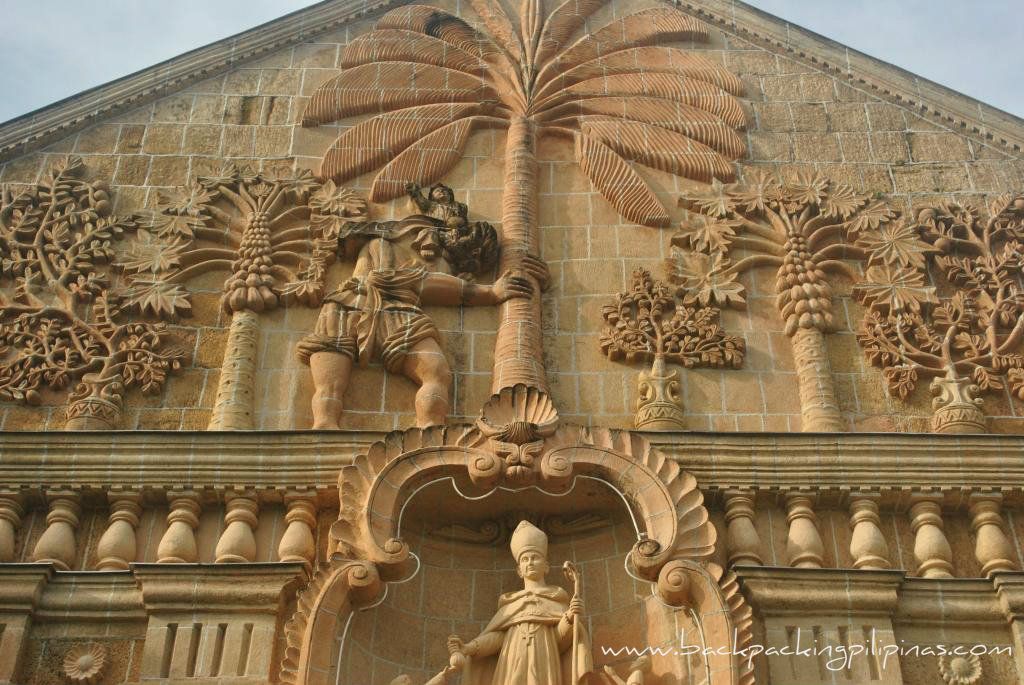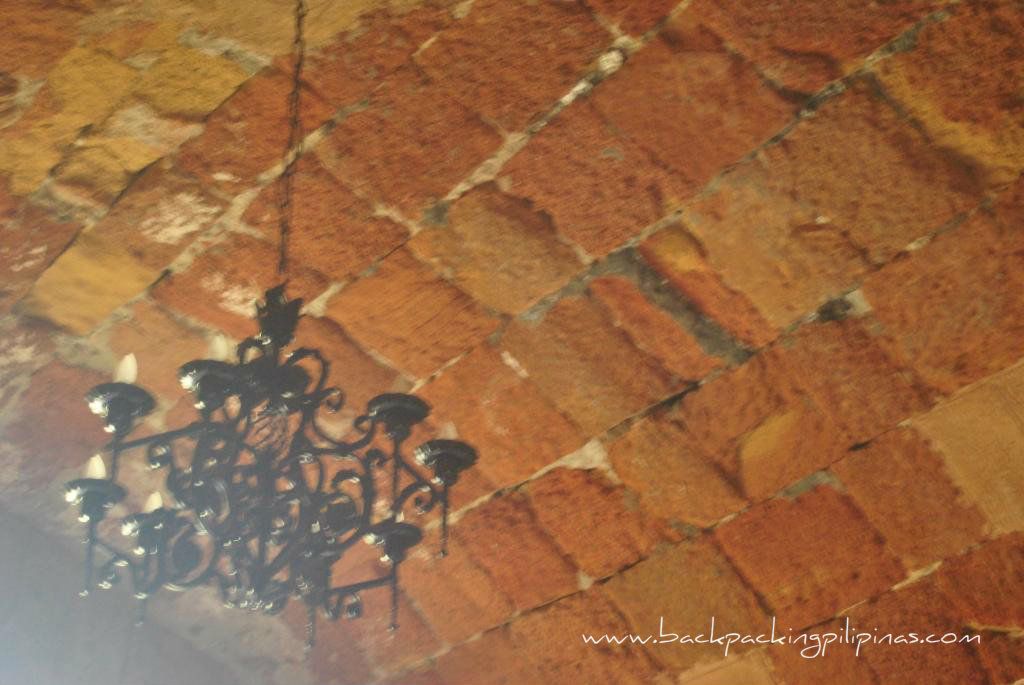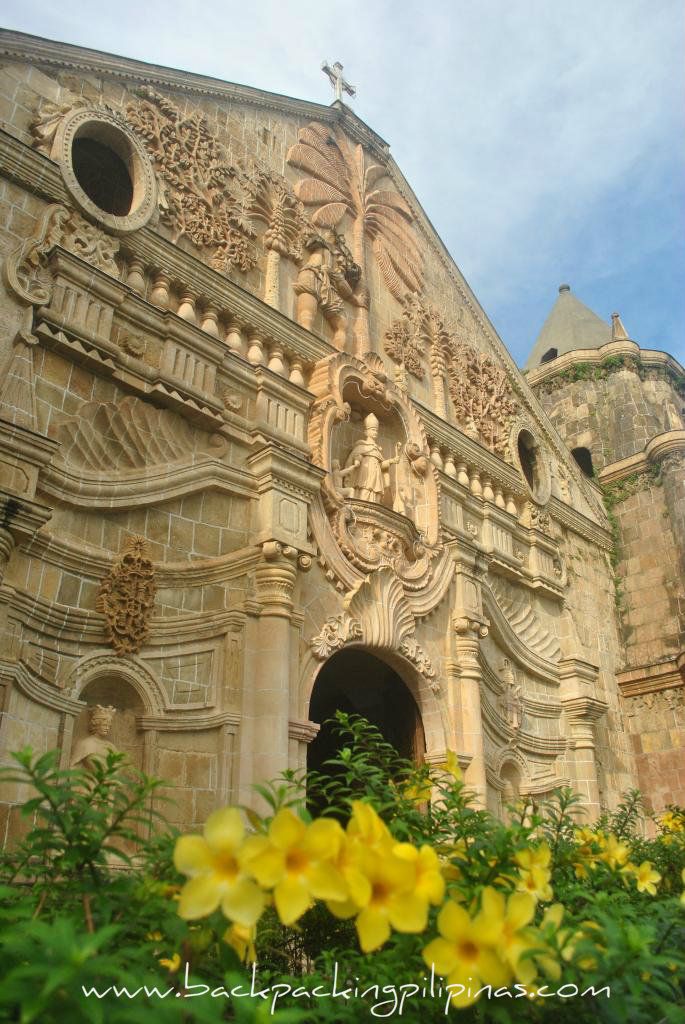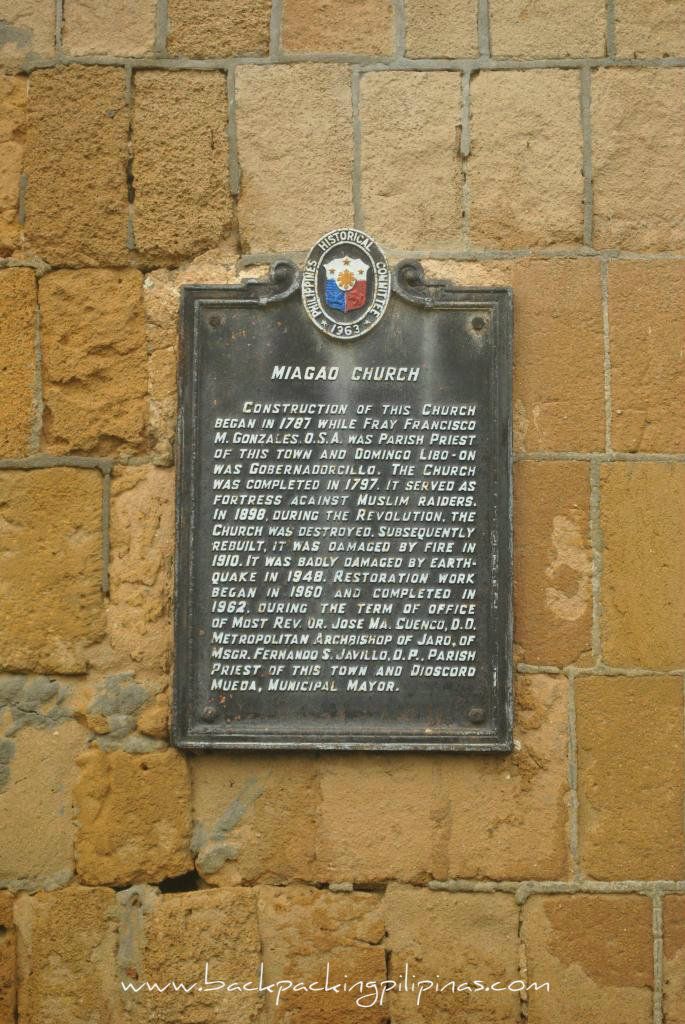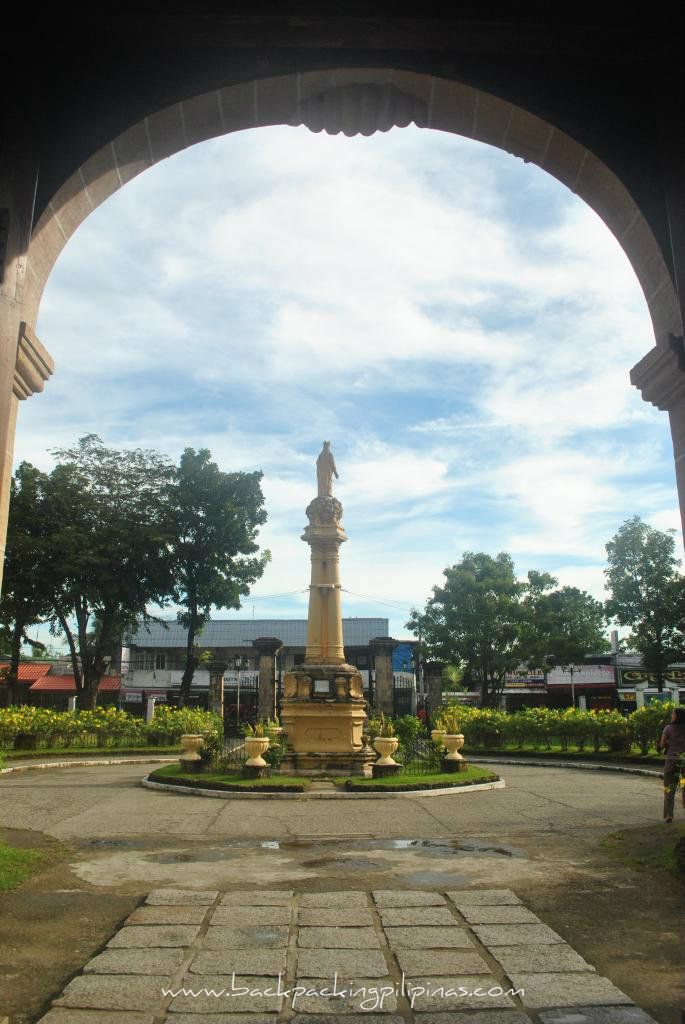Of the many beautiful Roman Catholic churches I've visited so far, four made it to the prestigious list of UNESCO World Heritage Sites (WHS). These are the Church of San Agustín in Paoay, Ilocos Norte; Church of Nuestra Señora de la Asuncion in Sta Maria, Ilocos Sur; The Church of the Immaculate Conception of San Agustin in Intramuros; and Church of Santo Tomas de Villanueva in Miagao, Iloilo.
These churches have been selected taking into consideration the style of the building and design that was adapted to the physical condition in our country. According to UNESCO WHS, "the four churches are outstanding examples of the Philippine interpretation of the Baroque style, and represent the fusion of European church design and construction with local materials and decorative motifs to form a new church-building tradition."
Their common attributes are their massive appearance which shows a fortress/protective-like character in response to invading forces/pirates or protection from earthquakes.
Since these churches are in-scripted, they are covered and protected through RA 10066 (National Heritage Law) an RA 10086 (National Historical Commission of the Philippines Law). Through these legislations, these churches are secured of funding for its conservation, protection and regular maintenance.
Church of Nuestra Señora de la Asuncion
Santa Maria, Ilocos Sur
Sitting atop a hill surrounded by a defensive wall, this massive church is unlike many other Philippine churches that's always located near the town plaza. Some of its unique features also include the convento that lies parallel to its facade and its bell tower that stand a few meters away from the church building. The walls are without ornaments or designs but the buttresses are massive enough designed to withstand an earthquake. The interiors are endowed with a pulpit, lectern, and huge altar. It also boasts of a simple fresco on its ceiling near the altar.
Church of San Agustín
Paoay, Ilocos Norte
Said to be the most outstanding example of "Earthquake Baroque," this church has fourteen monumental buttresses situated along the sides of the building. A pair of buttresses at the midpoint of each nave wall have stairways for access to the roof. A huge coral stone belfry that was added half a century after the church was erected, stands a few meters from the church as a protection against damage from earthquakes The interiors boasts of a pulpit and a massive altar. This is one of the most photographed religious sites in Ilocos Norte.
The Church of the Immaculate Conception of San Agustin
Intramuros, Manila
Built in 1571, this Agustinian church was the first to be erected in Luzon, immediately after the conquest of Manila. It survived a long history of destruction after surviving a war (1945), a fire during the revolution against Spain (1989), and an earthquake (1880). The interiors of the church is endowed with wall paintings that dated back in the 19th Century (although they overlie the original tempera murals), retablo, pulpit, lectern and choice stalls. It's also very interesting to see series of crypto-collateral chapels lining both sides of the nave. The walls separating them act as buttresses. The stone barrel vault, dome, and arched vestibule are all unique in the Philippines. A monastery complex was formerly linked to the church by a series of cloisters, arcades, courtyards and gardens, but all except one building were destroyed in 1945.
As of this writing, reconstructions are being done in the exteriors of the church in preparation for its 450th anniversary since its construction.
Church of Santo Tomas de Villanueva
Miag-ao, Iloilo
This church has the most beautiful facade I've seen so far. It stands on the highest point of Miag-ao in which its two uniquely-designed towers served as lookouts against Muslim invaders. Its intricately designed facade is said to be the finest surviving example of "Fortress Baroque." "The sumptuous facade epitomizes the Filipino transfiguration of western decorative elements, with the figure of St Christopher on the pediment dressed in native clothes, carrying the Christ Child on his back, and holding on to a coconut palm for support. The entire riotously decorated facade is flanked by massive tapering bell towers of unequal heights."
Source: UNESCO WHS

